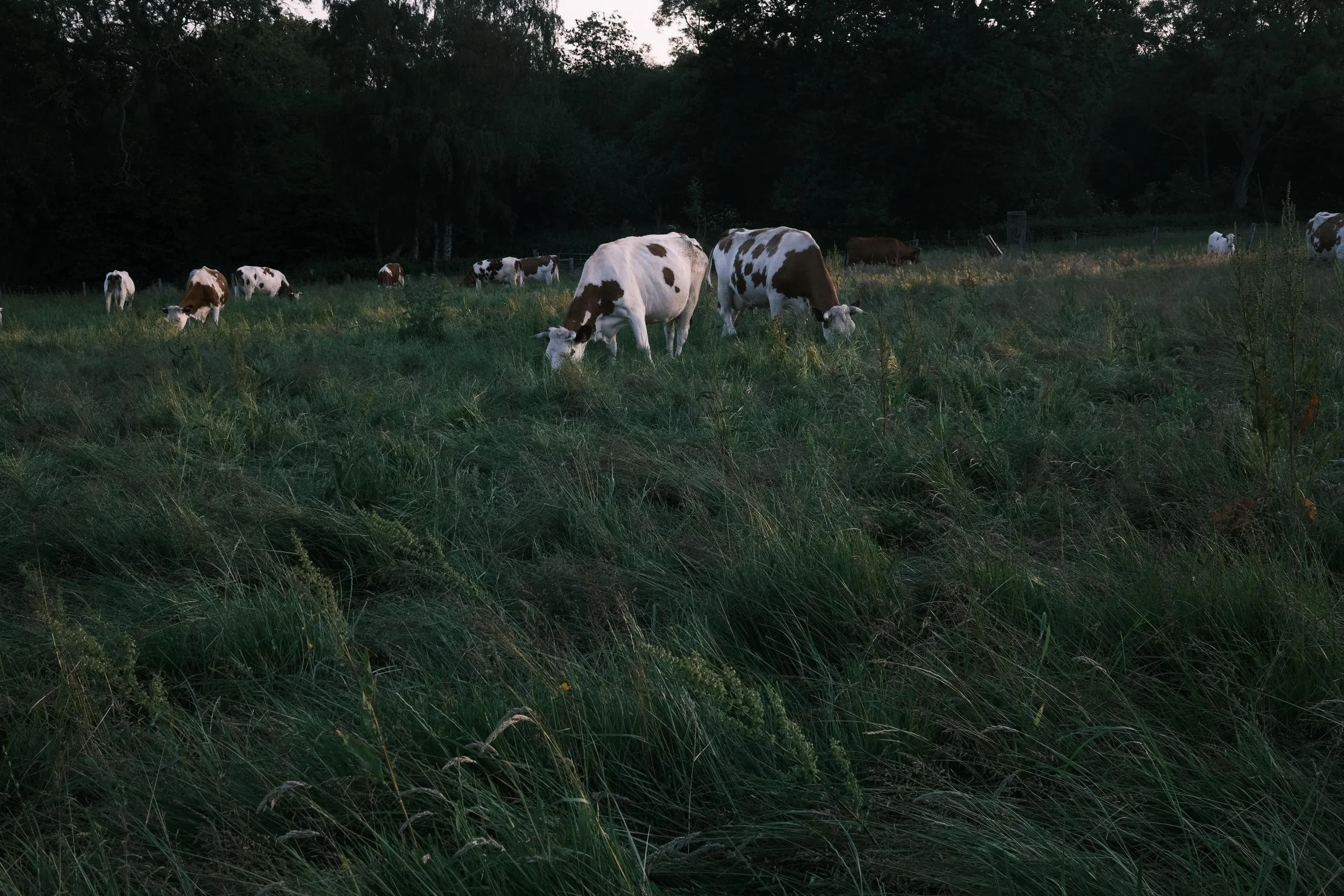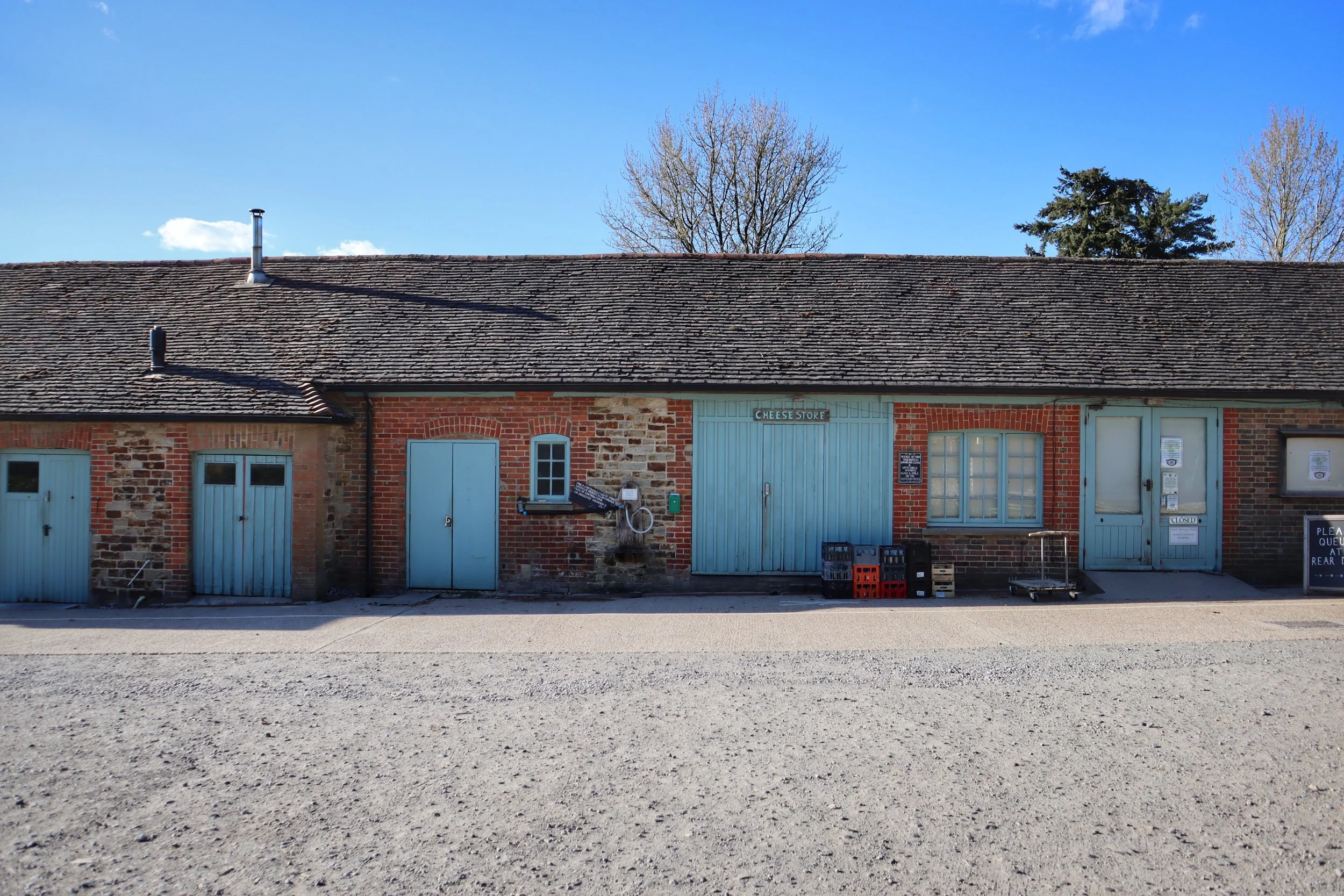Holistic Land Management
Gala Bailey-Barker
Have you walked on the farm recently? It was ‘Open Farm Sunday’ last week. As we are already an open farm, we don’t take part in this specific event. Anytime you visit Plaw Hatch you can walk around the back of the shop and look at what we are up to. If the track is closed for the cows to come up for milking, you can watch them come in and watch them being milked. When the track isn’t closed you can wander down to the garden to see what is growing, or further down to see the pigs and hens. I often wonder what people see when they walk around and what they think of it.
This February, all the members of the Plaw Hatch management group took part in a 3-day Holistic Management Course with 3LM (a member of the Savory Network who provide training in regenerative practices). I did a holistic management course in January 2017 and began to integrate what I could with the sheep, trialling holistic planned grazing with some success. Every year there has been more to learn. Holistic Management, like biodynamics, is about working with the whole farm organism and with, rather than against, ecosystem processes. As such, it works best as a whole farm approach and some of its most helpful tools are those that foster open communication and learning. It sets out questions and processes that really help when making complex joint decision. Having pushed hard for this to happen and got funding for it to go ahead from the Farming in Protected Landscape Fund, I was very worried in the run up that everyone would hate it! I need not have worried as for 3 days we all sat together and learned about the four ecosystem processes: the water cycle, the mineral cycle, community dynamics and energy flow. We learnt the basics of how holistic management would go about managing these processes and began learning the decision-making tools. We are hoping in time to do more Holistic Management courses to really help us get to grips with the decision-making processes.
In the meantime, we have begun experimenting with our grazing. The cows have long been on 12 hour moves, but now their rotation is longer and so is the grass. Perhaps, as you walk around Plaw Hatch, you will see longer grass, more goldfinches, sparrows, starlings, linnets and yellow hammers, a kestrel, more butterflies, moths and bees, perhaps more sorrel, lesser stitchwort, birds foot trefoil, vetches, and clovers. How could we not be excited about more of all these things? They can really help to make all of the extra electric fencing and logistics feel worthwhile. But tall grass means tall weeds and weeds seem to be a challenge for many of us. Left living they seem to be able to inspire anxiety; the feeling that things are “uncared for” and the suggestion that those responsible for their presence are lazy.
My own relationship with weeds has shifted in the last few years after it occurred to me that it was profoundly odd that the ideal organic farm seemed to be one that was weed free. After all, many plants we considered to be weeds are home and food to many beneficial insects. Without the use of herbicides, the conventionally minded way to get rid of weeds is to top them, that is to cut the docks or thistles and surrounding pasture 4 times in one year. This is all very well but what about all the dock and thistle seeds that are inevitably already hanging out in the seedbank just waiting for a bare bit of earth to grow in? Docks and thistles, unlike many plants, can colonise bare compacted soil very successfully. Dock roots can extend 90cm into the ground, breaking up compaction as they go and bringing minerals up. I suppose that is the reason sheep love them so much and there we have an answer for those places where we have a few too many docks; keep the soil covered and graze our dock-loving sheep at appropriate times. I’d recommend that whenever a weed (i.e. an overly successful plant) gets on your nerves looking up what it supports as it can often be surprising. Perhaps the docks don’t bother me so much because I know how much the sheep love them, however thistles are a little harder to warm to until you’ve left them and watched first the bees and butterflies enjoy their flowers and then later the goldfinches feast on their seeds. Next month I’m hoping to write about hedges as this winter we’ll be planting 1600 hedge plants and 400 trees and we may be needing a little help!








